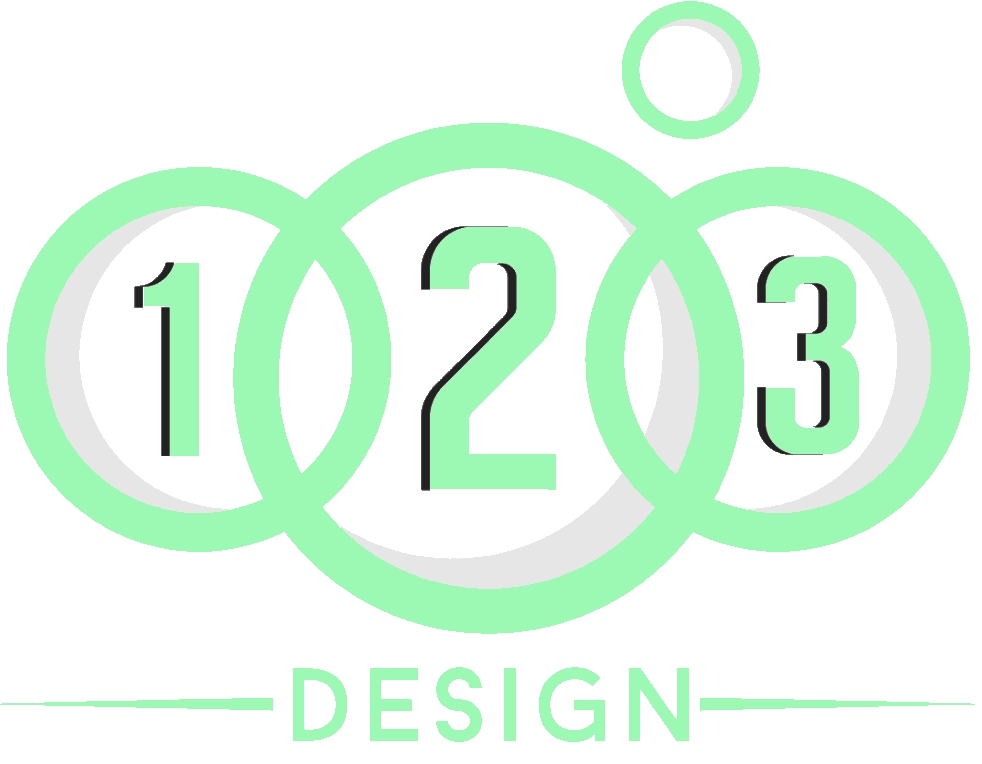Artificial Intelligence (AI) is increasingly becoming a vital tool in transforming the user interface (UI) and user experience (UX) design landscape. As user expectations evolve, the need for intelligent, intuitive, and personalized interfaces grows, and AI plays a pivotal role in achieving that.
How AI is Changing UI/UX Design
- Personalized Experiences – AI can analyze vast amounts of user data to deliver personalized content and experiences. By learning user behavior, AI can offer customized recommendations, layouts, and features tailored to individual preferences.
- Predictive Design – AI algorithms can predict what users might need next based on their current behavior. For example, predictive text, product recommendations, or navigation suggestions are all driven by AI.
- Automated Design Systems – AI-driven design tools can automatically generate layouts, color schemes, and even entire website templates. This helps designers focus more on creativity while leaving repetitive tasks to AI.
- Voice-Activated Interfaces – AI is also behind the rise of voice interfaces like Siri, Alexa, and Google Assistant. Designing intuitive voice UIs has become a part of the modern UX, allowing users to interact with technology in new ways.
- Advanced Data Analysis for Better Insights – AI analyzes user interactions in real-time, providing designers with insights into user behavior, pain points, and areas that need improvement.
Why AI Matters in UI/UX
The integration of AI into UI/UX design brings numerous benefits:
- Efficiency and Speed – AI can automate design tasks, speeding up the development process and allowing for rapid iteration.
- Improved User Engagement – By providing personalized experiences, AI keeps users more engaged with the platform.
- Continuous Learning – AI can learn and adapt to user behavior over time, improving the user experience as it gathers more data.
- Accessibility – AI-powered design can create more accessible interfaces by recognizing and adapting to various user needs, such as visual impairments or motor disabilities.
With AI, the future of UI/UX design is moving toward creating seamless, personalized, and adaptive experiences that meet the evolving needs of users.





